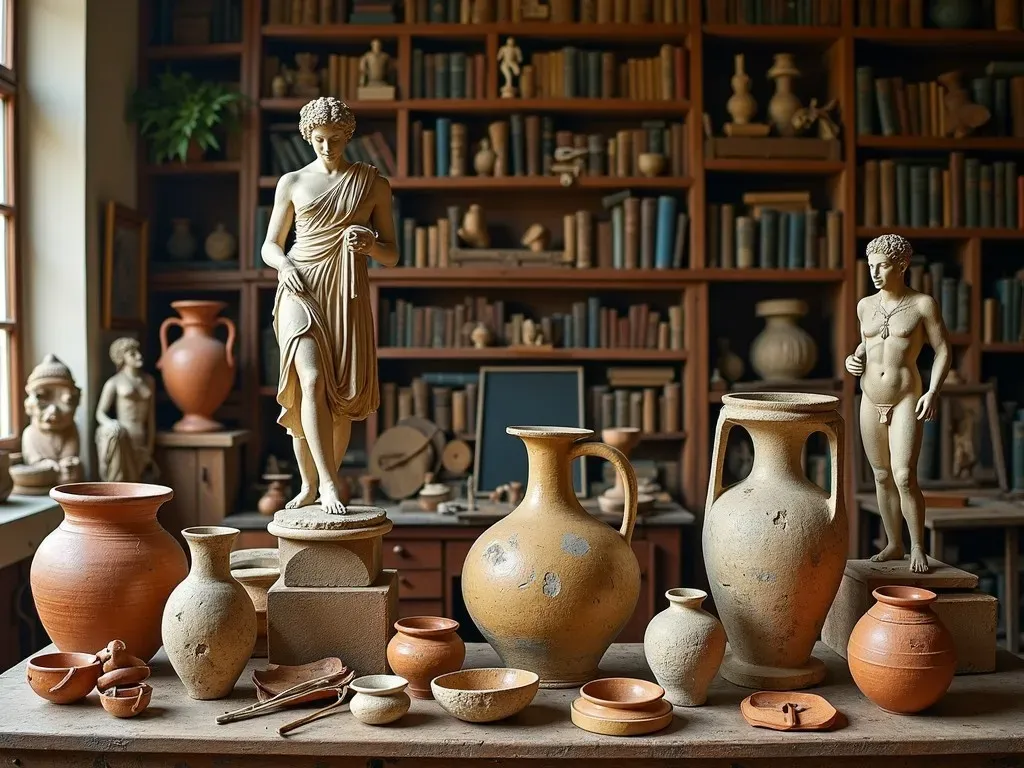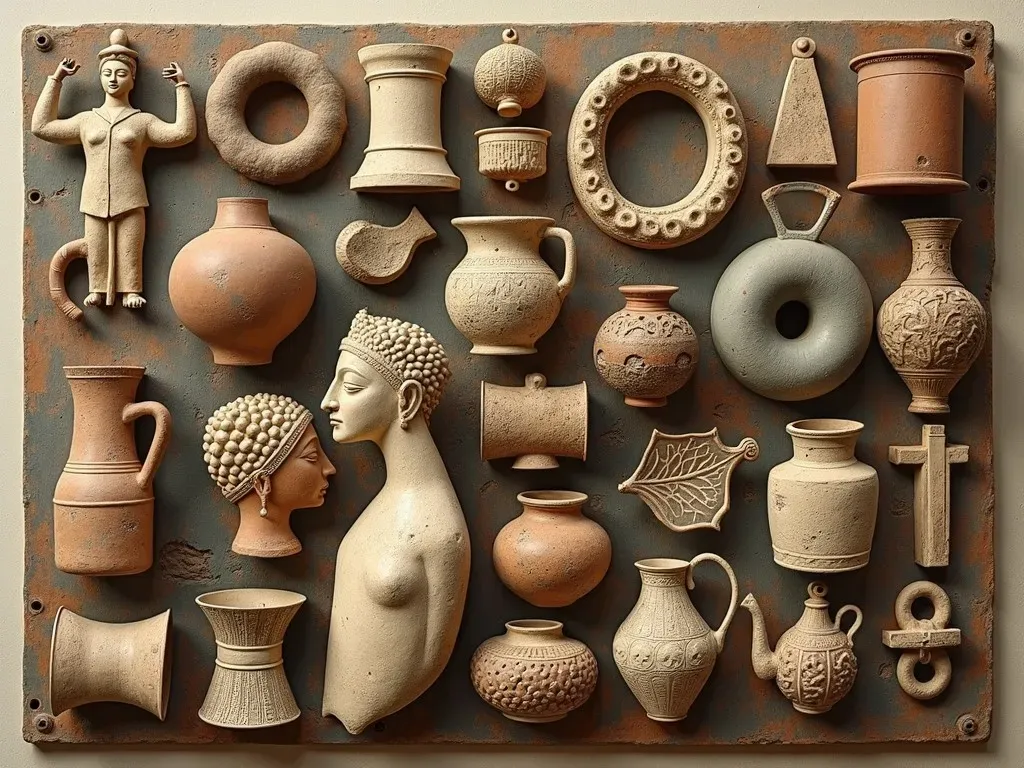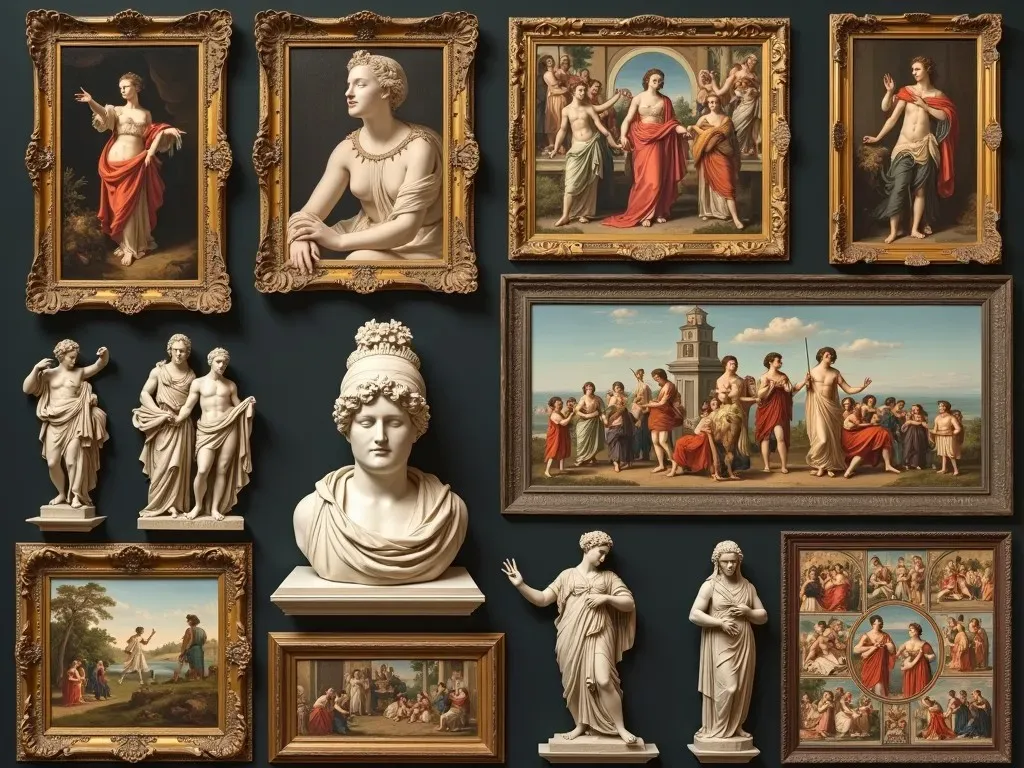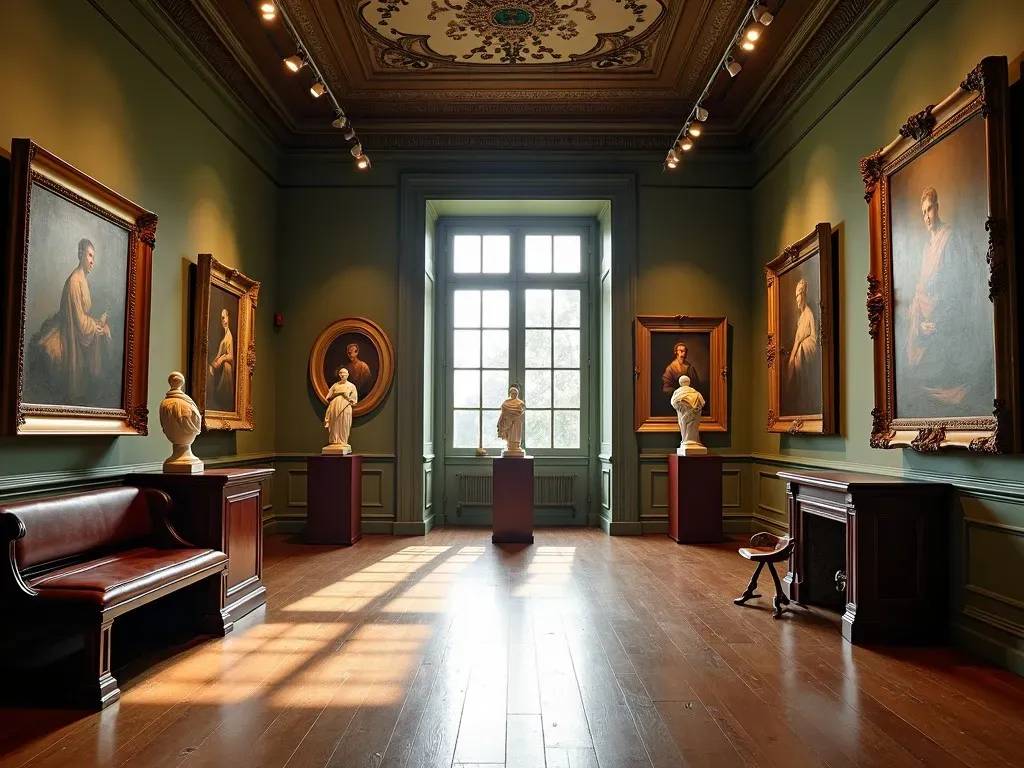Old art provides a fascinating glimpse into human history, culture, and expression. These works, often steeped in layered meanings and historical significance, serve as a bridge to our past. With each brushstroke or chisel mark, they reveal the values, aspirations, and daily realities of the societies that created them.
The importance of old art goes beyond mere aesthetics; it is a critical avenue for understanding historical contexts. By studying historical artwork, we can learn about ancient societies, their beliefs, traditions, and the evolution of artistic methods over centuries.

Historical Context of Old Art
Old art encompasses various forms of artistic expression from ancient civilizations to more structured styles that emerged during the Renaissance and beyond. The timeline of old art ranges from prehistoric cave paintings to classical sculptures and masterful paintings.
| Period | Time Frame | Characteristics |
|---|---|---|
| Prehistoric Art | 30,000 – 10,000 BCE | Cave paintings, petroglyphs, rudimentary sculptures |
| Ancient Civilizations | 3,500 BCE – 500 CE | Monumental architecture, pottery, religious iconography |
| Medieval Art | 500 – 1400 CE | Byzantine mosaics, Gothic cathedrals, illuminated manuscripts |
| Renaissance | 1400 – 1600 CE | Humanism, naturalism, classical themes |
The oldest known artworks, such as the cave paintings of Lascaux in France or the Venus of Willendorf, emphasize humanity’s long-standing desire to create and communicate visually. Each piece embodies the thoughts and beliefs of its time, serving as a testament to the persistent urge to represent the world through art.
Diverse Forms of Old Art
Old art comes in various forms, reflecting the creative impulses and cultural environments of different eras. Some notable types include:
-
Cave Paintings: The earliest known art, found in locations like Lascaux and Altamira, showcasing animals and human figures.
-
Ancient Sculpture: Notable examples include the Venus of Willendorf, Egyptian statues, and Greek marble sculptures.
-
Illuminated Manuscripts: Beautifully decorated texts from the medieval period, often religious in nature, exemplifying the craftsmanship of that era.
-
Renaissance Paintings: Masterpieces like Da Vinci’s "Mona Lisa" and Michelangelo’s "Creation of Adam" symbolize the height of humanist thought.
-
Frescoes: Wall paintings that flourished during the Renaissance, seen in churches and palaces, providing narrative depth and vibrant color.

The Significance of Old Art
The significance of old art transcends aesthetics; it is a vital element of cultural heritage that fosters a sense of identity and continuity. Here are several reasons why studying old art is crucial:
-
Cultural Understanding: Artworks provide a window into the beliefs, rituals, and daily life of past civilizations.
-
Historical Documentation: Many artworks serve as historical records, detailing events, societal structure, and changes over time.
-
Artistic Evolution: Understanding Techniques and materials used in historical artwork helps trace the evolution of art and influences on contemporary practices.
Interesting Facts About Old Art
-
The Venus of Willendorf, discovered in 1908, dates back to around 25,000 BCE, making it one of the oldest known sculptures.
-
Cave paintings in the Lascaux Caves, created approximately 17,000 years ago, depict over 600 animals and are considered masterpieces of prehistoric art.
-
The Sistine Chapel, painted by Michelangelo between 1508 and 1512, is often hailed as one of the greatest achievements in Western art.
-
The Parthenon Marbles were sculpted in the 5th century BCE and showcase the grandeur of ancient Greek art.

Old Art Across Cultures
Different cultures have developed unique artistic traditions that merit exploration:
| Culture | Notable Works | Characteristics |
|---|---|---|
| Egyptian Art | Pyramids, hieroglyphics | Symbolism, religious themes, permanence |
| Greek Art | Pottery, sculptures such as the Discobolus | Idealism, human form, mythological themes |
| Chinese Art | Silk paintings, ceramics | Harmony, nature, philosophical themes |
| Islamic Art | Calligraphy, geometric patterns | Aniconism, intricate designs, and patterns |
| Japanese Art | Ukiyo-e prints, Zen gardens | Simplicity, nature, and balance |
Techniques in Old Art
Several techniques were pivotal in the creation of old art:
-
Fresco: A method of mural painting on freshly laid wet plaster, allowing the artwork to become an integral part of the wall.
-
Chiaroscuro: The use of strong contrasts between light and dark, often used by Renaissance artists to add depth to their subjects.
-
Naturalism: A technique that aimed to accurately represent the human body and the natural world, especially prevalent in the artworks of the Renaissance.
FAQs About Old Art
Q: What is considered "old art"?
A: Old art typically refers to artworks created before the 20th century, covering a broad range of styles, techniques, and cultural contexts from prehistoric to medieval periods and beyond.
Q: Why is old art important to modern society?
A: Old art is vital for preserving cultural heritage, understanding historical societies, and providing insights into human creativity and expression across time.
Q: How can I view old art collections?
A: Many museums and galleries house collections of old art. Notable institutions include the National Gallery of Art, The Louvre, and The British Museum.
By exploring old art, we can gain valuable insights into the past, learn from ancient techniques, and appreciate the incredible talent that has influenced generations. The journey through this artistic history is as much about the stories behind the work as it is about the works themselves.

